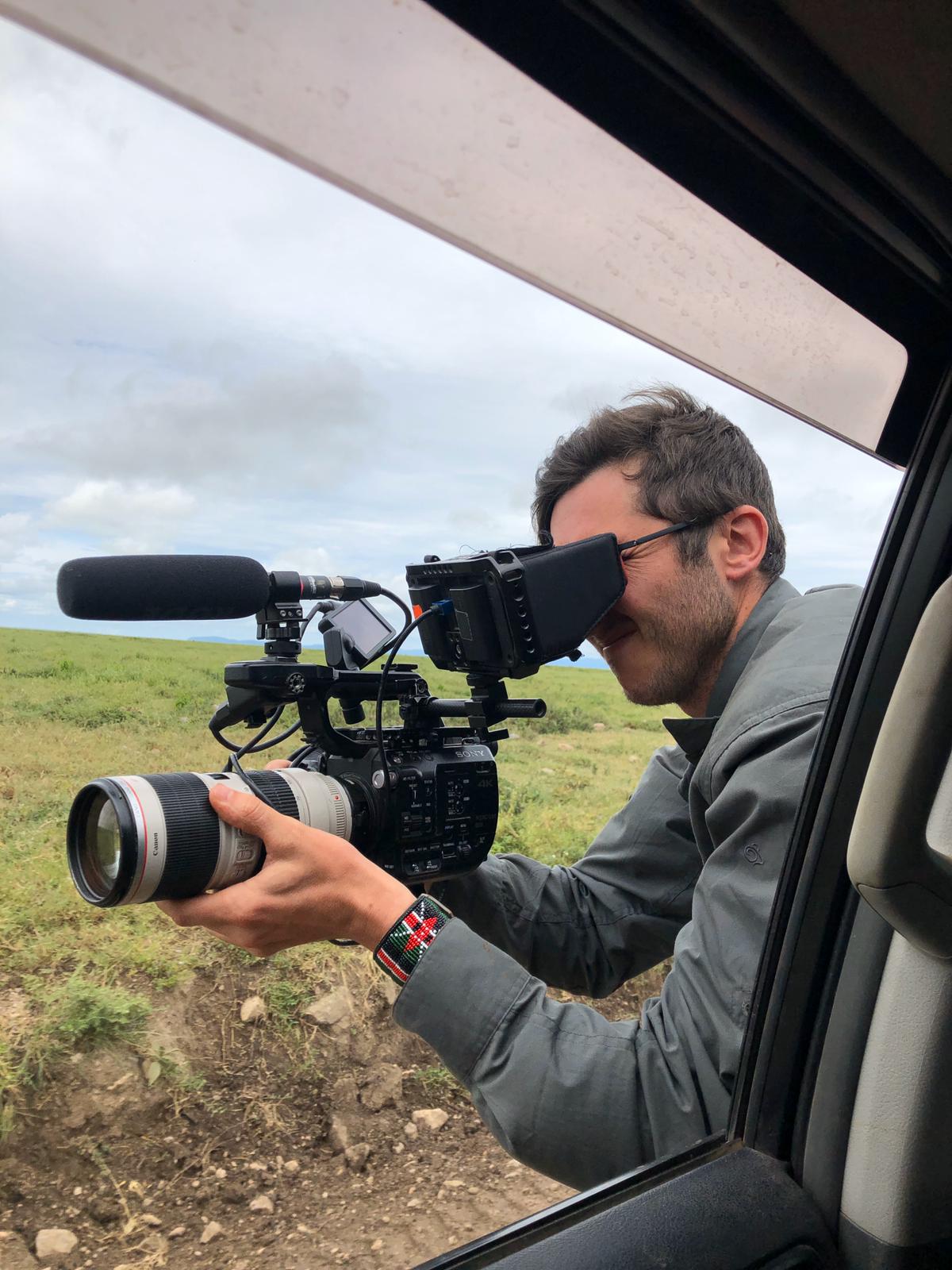Modern attention spans are fleeting, particularly online, and visual content such as videos is the best way to stand out from the crowd on social media, as well as keeping people invested in your website.
From product demonstrations to educational tutorials, videos have the power to captivate audiences and convey information more effectively than text or images alone. But do the technical demands of video slow down your website?
Understanding Website Speed
When it comes to website performance, speed is essential. Studies have shown that even a one-second delay in page load time can lead to an increased bounce rate, and a significant drop in conversions and user engagement. As well as user experience, website speed is a factor that influences search engine rankings, with search engines like Google favouring faster-loading sites in their algorithms.
The Role of Videos on Websites
Videos play a huge role in modern website design, and sites can often feel incomplete without them. Not only do they enrich the user experience by providing attention-grabbing, dynamic and engaging content, but they also contribute to SEO, as search engines increasingly prioritise video content in their results pages.
Impact of Videos on Website Speed
So, we know that both video and website speed are good for SEO and user experience, but are the two at odds to achieve this? The truth is that videos can also pose challenges in terms of performance optimisation if they are not formatted correctly for the platform. The size and format of videos, as well as how they are embedded and loaded, can all impact a site’s loading speed.
Optimising Videos for Website Performance
To make sure that you can reap the benefits of both video and website speed, you need to format your videos correctly for the platform. You should consider compressing your videos, using modern video formats like WebM, and utilising lazy loading to defer the loading of non-essential videos until they are visible on the screen.
You should also consider the overall balance between video content and website performance. Think quality over quantity – one great, relevant video on a page will be better for both load speed and user experience than several videos that look cool but don’t add any value for the user. As well as limiting the number of videos on a page, you can consider optimising video delivery through content delivery networks, and prioritising critical content for faster loading.
Responsive Design
Over 50% of web traffic now comes from mobile devices, so it’s no good if your videos are only running well on desktop. Make sure your videos (along with the rest of your site) are made for responsive design, where they can adapt to the screen size and resolution of the device, providing the best viewing experience across desktops, tablets, and smartphones.
Tools for Assessing Website Speed
If you think your site might be being slowed down, it’s a good idea to get some tangible data before you start chopping and changing. Tools such as Google’s PageSpeed Insights help to assess a website’s speed performance and provide valuable insights into areas for improvement.
SEO for Video Content
As mentioned earlier, videos are great for SEO, because they can enhance a website’s visibility and engagement metrics. Make sure to capitalise on this fully by incorporating relevant keywords in video titles, descriptions, and transcripts, and you can potentially give your visibility and rankings a huge boost.
The bottom line is high-quality videos need to be a priority for your website, both for UX and SEO purposes. If you want to improve the overall user experience and increase engagement on your site, videos can create much deeper connections with your audience.
While videos have the potential to impact website speed, they can be optimised and integrated effectively to minimise any negative effects, if you make formatting and seamless integration a priority, you can elevate your site experience without sacrificing performance.
If you are looking to create dynamic video content for your website, please get in touch and see how we can help.
